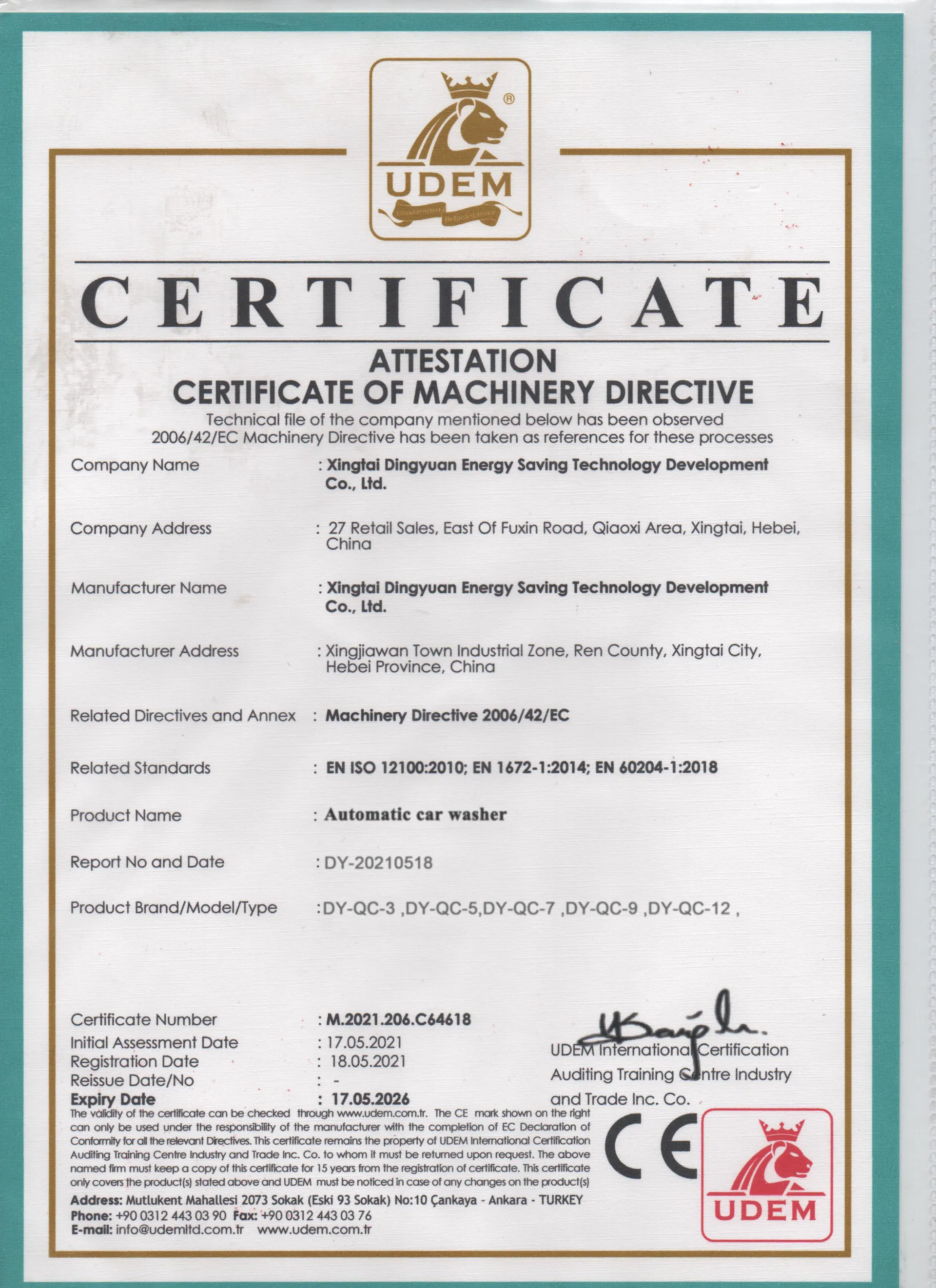
- Afrikaans
- Albanian
- Amharic
- Arabic
- Armenian
- Azerbaijani
- Basque
- Belarusian
- Bengali
- Bosnian
- Bulgarian
- Catalan
- Cebuano
- Corsican
- Croatian
- Czech
- Danish
- Dutch
- English
- Esperanto
- Estonian
- Finnish
- French
- Frisian
- Galician
- Georgian
- German
- Greek
- Gujarati
- Haitian Creole
- hausa
- hawaiian
- Hebrew
- Hindi
- Miao
- Hungarian
- Icelandic
- igbo
- Indonesian
- irish
- Italian
- Japanese
- Javanese
- Kannada
- kazakh
- Khmer
- Rwandese
- Korean
- Kurdish
- Kyrgyz
- Lao
- Latin
- Latvian
- Lithuanian
- Luxembourgish
- Macedonian
- Malgashi
- Malay
- Malayalam
- Maltese
- Maori
- Marathi
- Mongolian
- Myanmar
- Nepali
- Norwegian
- Norwegian
- Occitan
- Pashto
- Persian
- Polish
- Portuguese
- Punjabi
- Romanian
- Russian
- Samoan
- Scottish Gaelic
- Serbian
- Sesotho
- Shona
- Sindhi
- Sinhala
- Slovak
- Slovenian
- Somali
- Spanish
- Sundanese
- Swahili
- Swedish
- Tagalog
- Tajik
- Tamil
- Tatar
- Telugu
- Thai
- Turkish
- Turkmen
- Ukrainian
- Urdu
- Uighur
- Uzbek
- Vietnamese
- Welsh
- Bantu
- Yiddish
- Yoruba
Car Cleaning Service Including Upholstery Shampooing for a Fresh Interior
The Ultimate Guide to Car Wash with Upholstery Shampooer
A clean car is not just a matter of aesthetics; it’s also about maintaining the value of your vehicle and ensuring a comfortable driving experience. One of the best ways to achieve a pristine interior is by utilizing an upholstery shampooer during your car wash routine. This article will explore the benefits, techniques, and tips for effectively washing your car with an upholstery shampooer, ensuring a thorough clean that leaves your vehicle looking and smelling fresh.
Why Use an Upholstery Shampooer?
Upholstery shampooers are designed to clean and refresh various fabrics, including the seats, carpets, and mats in your car. The primary benefit of using a shampooer is its ability to deep clean and remove embedded dirt, stains, and odors that regular vacuuming cannot address. Whether you have cloth or leather interiors, a shampooer can help revitalize old fabrics and make them look new again, preserving the value of your car.
Preparing for the Car Wash
Before you begin, it's essential to gather all necessary materials. You will need
1. Upholstery shampooer – electric or portable. 2. Upholstery cleaner specifically formulated for automotive use. 3. Microfiber cloths for drying. 4. A vacuum cleaner for pre-cleaning. 5. Brushes for scrubbing tougher stains. 6. Bucket and warm water for dilution (if necessary).
Once you have everything ready, start by removing any personal items from your vehicle, such as floor mats, trash, and any items in the glove compartment or center console
.The Cleaning Process
car wash with upholstery shampooer

1. Vacuum the Interior Begin by thoroughly vacuuming the seats, carpets, and mats to remove loose dirt, dust, and debris. Pay close attention to crevices and under the seats where dirt often accumulates.
2. Pre-treat Stains If you encounter stubborn stains on your upholstery, use a bit of upholstery cleaner and a brush to pre-treat these areas. Allow the cleaner to sit for a few minutes to break down the stain before moving on.
3. Shampooing Fill the upholstery shampooer with water and add the appropriate amount of upholstery cleaner. Follow the manufacturer’s instructions for the correct dilution. Start shampooing from the top of the seats downward to avoid redistributing dirt to cleaned areas. Use slow, overlapping passes to ensure even coverage.
4. Rinse and Extract After shampooing, it’s crucial to extract excess moisture from the upholstery. Move the shampooer over the surfaces again, ensuring you remove as much water as possible. This step is vital to prevent mold and mildew from developing in the damp environment.
5. Drying Wipe down any residual water with microfiber cloths and leave the windows slightly open to encourage airflow. If possible, park the car in a well-ventilated area or in the sun, which will help speed up the drying process.
Final Touches
Once everything is dry, replace the floor mats and any items you removed. Consider applying a fabric protector on the upholstery to guard against future stains and spills. Additionally, a quick vacuum after shampooing ensures any last bits of debris are removed.
Conclusion
Cleaning your car using an upholstery shampooer can significantly enhance your vehicle's overall appearance and prolong its life. By incorporating this powerful cleaning method into your car wash routine, you can enjoy a fresh, clean interior that makes every drive a pleasure. Regular maintenance is key—so make upholstery cleaning a part of your car care regimen for a spotless ride all year round.
-
Integrating Aqua Tunnel Car Wash in Shopping CentersNewsJun.24,2025
-
Gas Station with an Auto Car Wash MachineNewsJun.24,2025
-
Efficiency in Your Aqua Tunnel Car Wash: Power & Water-SavingNewsJun.24,2025
-
Car Wash Business with Advanced Auto Car Cleaning MachinesNewsJun.24,2025
-
Balancing Setup Costs with Aqua Tunnel Car WashNewsJun.24,2025
-
Aqua Tunnel Car Wash: Eco-Design for the Energy-Savvy EntrepreneurNewsJun.24,2025



